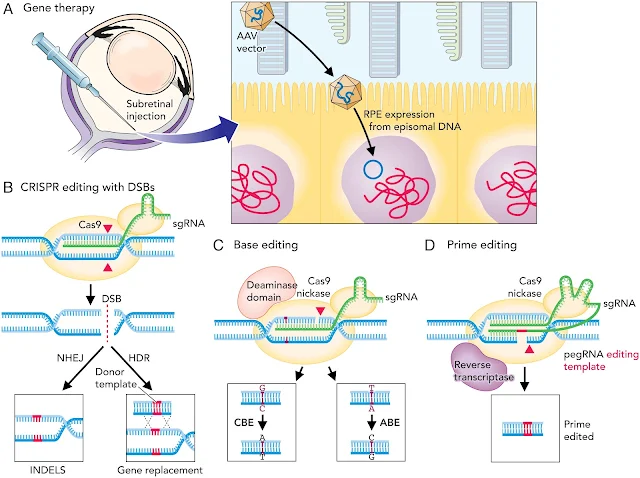The world of viruses is a microcosm filled with genetic intricacies and molecular mysteries. Virologists, armed with cutting-edge techniques, embark on a journey to decode these microscopic foes. In this blog, we'll explore the molecular methods that serve as the backbone of virology research, enabling us to better understand, combat, and even harness these enigmatic entities.
Polymerase Chain Reaction (PCR): Unleashing DNA and RNA Secrets
Polymerase Chain Reaction (PCR) is the workhorse of virology labs. This molecular technique amplifies DNA or RNA, allowing researchers to scrutinize viral genetic material. Here's how it works:
DNA Extraction: Viral genetic material is extracted from a sample, which could be a swab from an infected individual or a drop of blood.
Amplification: In a PCR machine, specific primers target the viral DNA or RNA. DNA polymerase enzymes replicate these sequences, creating millions of copies.
Detection: By examining the resulting DNA fragments, scientists can identify the virus and determine its genetic makeup. PCR is indispensable for diagnosing infections, monitoring viral load, and studying viral mutations.
DNA Sequencing: Deciphering the Genetic Code
DNA sequencing technologies enable researchers to decode the genetic blueprint of viruses, revealing their vulnerabilities and evolutionary history:
Sanger Sequencing: This classic method, named after its inventor Frederick Sanger, reads the sequence of DNA bases one at a time. It has played a pivotal role in deciphering many viral genomes.
Next-Generation Sequencing (NGS): NGS techniques provide high-throughput sequencing, enabling scientists to rapidly decode entire viral genomes. It's a game-changer for tracking viral mutations, studying genetic diversity, and designing effective treatments.
RNA Sequencing: Exploring the Transcriptome
RNA sequencing (RNA-Seq) is a specialized technique for analyzing the transcriptome, which includes all the RNA molecules in a cell. In virology, it helps researchers understand how viruses manipulate host cells and uncover potential drug targets.
Differential Expression Analysis: By comparing the RNA profiles of infected and uninfected cells, researchers can identify genes that are turned on or off by the virus, shedding light on the molecular mechanisms of infection.
Viral Transcriptomics: RNA-Seq also allows scientists to study the viral RNA produced during infection. This information is vital for understanding the virus's life cycle and developing antiviral strategies.
CRISPR-Cas9: Precision Editing for Virology
CRISPR-Cas9 is a revolutionary gene-editing tool that has found applications in virology research:
Viral Genome Manipulation: Researchers can use CRISPR-Cas9 to precisely edit viral genomes. This technique is particularly valuable for studying viral functions and interactions with host cells.
Antiviral Strategies: CRISPR-Cas9 can be harnessed to target and disable specific viral genes, offering a potential avenue for developing antiviral therapies.
Single-Cell Sequencing: Unlocking Cellular Complexity
Single-cell sequencing allows researchers to explore the heterogeneity of host cells during viral infection:
- Single-Cell RNA-Seq: By analyzing the gene expression of individual host cells, scientists can uncover how viruses impact different cell types. This provides insights into disease mechanisms and potential therapeutic targets.
Conclusion: Molecular Marvels of Virology
Molecular methods have propelled virology into a new era of discovery and innovation. With these techniques, researchers can unravel the genetic intricacies of viruses, decode their vulnerabilities, and develop targeted interventions. As technology continues to advance, the microscopic world of viruses becomes more accessible, empowering us to combat viral infections with precision and sophistication.
Related Content












0 Comments